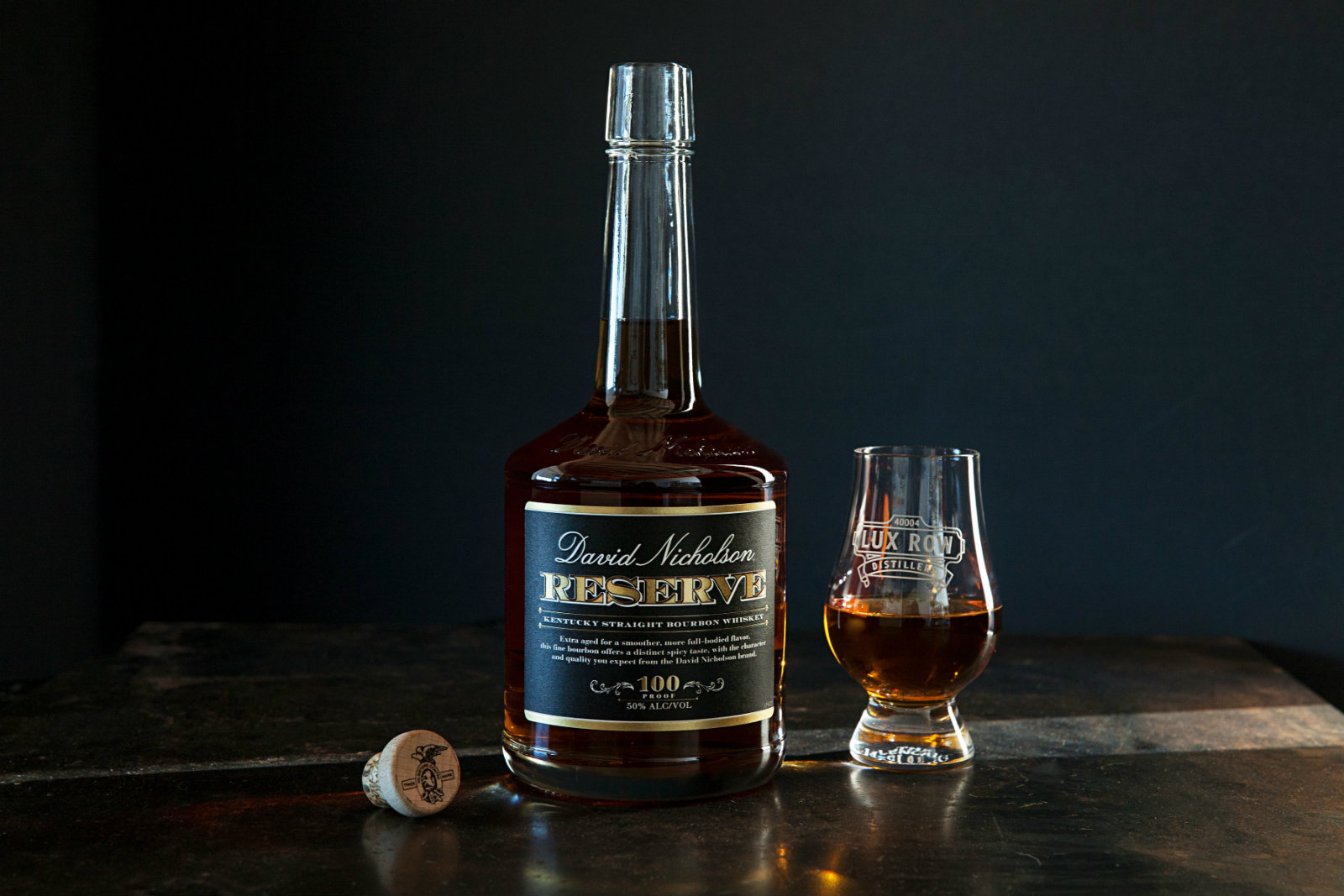
You already know the most important thing about bourbon: It tastes good. But there’s so much more to this epic spirit.
Here are 8 things you may not know about bourbon (and if you do, pat yourself on the back and pour yourself a glass of David Nicholson).
1. There’s more than one tale about how it was invented.
One story gives credit to Elijah Craig, a Baptist minister who opened a distillery in 1789. Supposedly, Craig was first to take corn whiskey (aka moonshine) and put it in a charred oak cask, infusing it with the distinctive color and taste for which bourbon is known. (He charred what was a former fish barrel to get rid of the smell.)
Credit for coming up with the name bourbon goes to Jacob Spears, an innovative farmer and distiller who moved to Kentucky’s Bourbon County in the 1780s. He shipped barrels of whiskey, labeled as bourbon, down the Mississippi River to New Orleans.
2. President George Washington inadvertently gave it a nudge.
In 1791, the still nascent American government enacted a Whiskey Tax to pay off its debts. Frontier farmers in western Pennsylvania, who operated small stills to supplement their income, revolted against the tax, often violently. By 1794, Washington had to step in, leading an army of troops to quash the rebellion. Farmers fled to greener pastures such as Kentucky, where enforcement was rare. The Whiskey Tax was eventually repealed in 1802, while Kentucky’s role as a distilling hub grew, setting the stage for the rise of bourbon.
3. Rum helped the bourbon cause.
With the Whiskey Tax scrapped, Congress added tariffs onto rum and molasses, the key ingredient in making rum. People turned to whiskey because it was cheaper, especially Kentucky whiskey.
4. Bourbon starts out as moonshine.
While it’s known for its smooth amber color, whiskey actually starts out clear. Distillers call this spirit “white whiskey” or “white dog” before it goes into the barrels, and this (extremely) high-proof liquid is legal moonshine. Once in the barrels, the caramelized sugars in the wood then influence the flavor and color (remember: no additives), turning it into the rich golden we all know and love.
5. Bourbon has no aging requirement.
The standards say that bourbon must be stored in charred oak barrels — but they don’t say how long.
The ideal window is considered to be five to 12 years. But products aged for as little as three months can be sold as bourbon.
The exception: straight bourbon, which must be aged for at least two years. And bourbon aged less than four years must include an age statement on its label.
6. All bourbon is whiskey, but not all whiskey is bourbon.
Whiskey is the umbrella category, with bourbon a subset that must follow a specific set of regulations on how it’s made in order to be called bourbon.
It must be made in the U.S., from at least 51 percent corn, and aged in new charred oak containers.
Non-bourbon whiskeys can be made from other grains such as barley, rye, and even rice.
7. Bourbon is not exclusive to Kentucky.
While the words “Kentucky” and “bourbon” go hand in hand, bourbon by law can be made anywhere in the U.S. There are currently thousands of distilleries across the country, with at least one bourbon maker in every state.
But only the Bluegrass State has the ideal weather and raw materials — including distinctive limestone-filtered water and a ready supply of corn — that make Kentucky bourbon the superb specimen that it is. It’s no wonder that more than 90 percent of all bourbon is produced in Kentucky.
8. It’s the native spirit of America.
In 1964, Congress passed a resolution naming bourbon America’s native spirit. This congressional act meant that bourbon could only be made in the U.S. — thereby protecting American distillers from foreign competition trying to horn in. The side benefit was that it gave bourbon a stamp of legitimacy. Maybe the best part is that the clerk assigned to handle the legislation was named August Bourbon.



